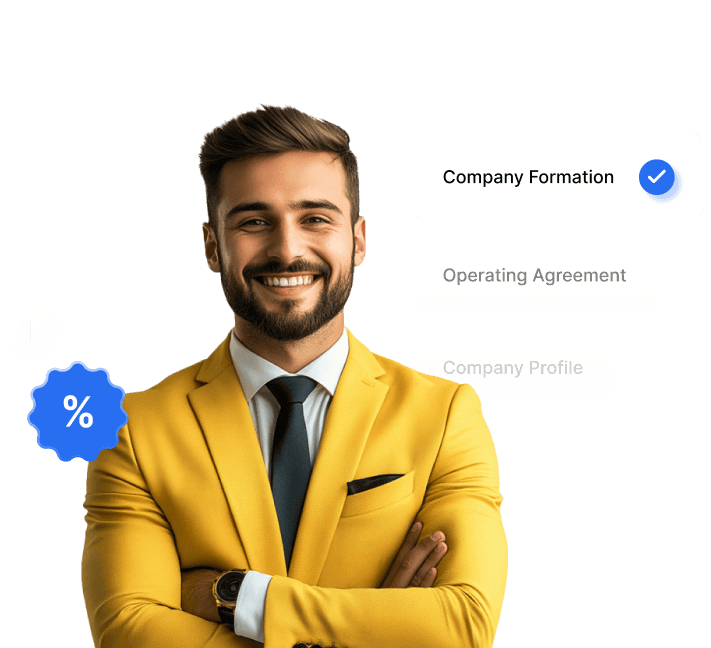
Every business owner knows that operating costs are an inevitable part of running a company. From salaries to utilities, equipment to rent, the expenses can add up quickly and eat away at your profits. Understanding how to manage these costs is key to keeping your business afloat and thriving. Whether you’re a seasoned entrepreneur or just starting, there’s always more to learn about managing expenses and keeping your finances in order.
What Are Operating Costs
Operating costs are the expenses that a business incurs to keep its operations running smoothly. Any expense that is necessary to keep the business up and running on a day-to-day basis is considered an operating cost.
Why Is It Important to Understand Operating Costs?
By being aware of the expenses associated with running a business, you can better plan your financial strategies and budget accordingly. Knowing operating costs also allows you to make informed decisions about investing in new technologies and services that can help improve your operations and bottom line.
Understanding operating costs enables businesses to accurately price their products or services so they remain competitive in the market without losing profit margins. By having an accurate knowledge of operating costs, you’ll be able to better evaluate your company’s performance over time and identify areas where you may need to cut back or reallocate resources.
How to Calculate Operating Costs
First things first, identify all the expenses that fall under operating costs. This includes things like rent, utilities, wages, office supplies, equipment, and insurance – basically, anything that keeps your business up and running.
Next, decide on the timeframe you want to calculate your operating costs. Whether it’s a month, a quarter, or a year, make sure to stick to it so you can accurately compare expenses over time.
Now it’s time to add up all those expenses for your chosen timeframe. You can do this the old-fashioned way with a pen and paper, a spreadsheet, or use accounting software if you prefer.
Finally, divide your total operating costs for the period by the number of units of output or services provided during that same period. This will give you the operating cost per unit.
Reviewing your operating costs regularly can help you identify areas where you can cut back or make improvements, so don’t forget to check in from time to time.
Two Components of Operating Costs
Operating costs consist of two main components: fixed costs and variable costs.
Fixed Costs
Fixed costs are costs that remain constant regardless of the level of output or sales. Examples include rent, insurance, loan payments, depreciation and amortization, taxes, and interest on the debt. Fixed costs do not change with an increase or decrease in the number of goods or services produced.
Variable Costs
Variable costs are those that fluctuate depending on the activity level of a business. Examples include raw materials, direct labor, packaging supplies, fuel and utilities used within production processes, subcontractors, and other outside services used for specific projects. Variable costs tend to increase as production increases but will decrease as production decreases. For example, when producing more units of a product there is an increased need for raw materials to create them while fewer units require fewer raw materials.
Types of Operating Costs
There are a variety of expenses a business incurs to keep the lights on and the doors open on a day-to-day basis. Common operating costs include:
- Utility Bills: Electricity, water, gas, trash collection
- Office Supplies: Paper, ink, toner, stationery, cleaning supplies
- Technology and Equipment: Computers, laptops, tablets, phones, printers
- Office Rentals and Lease Payments: Desk space leases, office or warehouse rentals
- Insurance Expenses: Liability insurance for employees and property protection
- Legal and Accounting Fees: Tax preparation services and legal counsel fees
- Marketing/ Advertising Costs: Web design services and campaigns
- Transportation Expenses: Fuel costs for delivery vehicles and travel expenses for business trips
- Employee Wages and Benefits: Salary payments and health insurance coverage
- Business Licensing and Permit Fees: Relevant permits to operate the business
Operating Expenses vs Capital Expenses
Capital Expenses (CAPEX) are the expenses a business incurs to acquire, improve, or maintain its long-term assets, such as buildings, equipment, and vehicles. These expenses are typically larger than operating expenses and are incurred less frequently. Unlike operating expenses, capital expenses are not deductible in full in the year they are incurred; instead, they are depreciated over time and deducted in portions over the useful life of the asset.
The main difference between operating expenses and capital expenses is the type of expense and how they are treated for tax purposes. Operating expenses are deducted in full in the year they are incurred, while capital expenses are depreciated over time. Businesses need to differentiate between the two types of expenses and properly classify them in their financial records to accurately track their profitability and tax liability.
Operating Costs vs Overhead Costs
Operating costs and overhead costs are two distinct concepts in business and finance, with different meanings and implications for a company’s financial health.
Operating costs refer to the expenses associated with running a business on an ongoing basis, such as personnel expenses, raw materials, utilities, rent/lease payments, insurance premiums, etc.
Overhead costs, on the other hand, are those financial commitments that keep a business operational but may not be directly related to the core sales or production processes. Examples of overhead costs include office space maintenance and repair, legal or accounting fees, marketing expenses (website design and advertising), software licenses, and upgrades.
Operating Expenses vs Non-Operating Costs
Non-operating costs are expenses that aren’t directly related to the core operations of the business. These costs are often one-time or infrequent and may not contribute to generating revenue. Examples of non-operating costs include:
- Interest expenses on loans or debt
- Losses on the sale of assets
- Taxes on non-operating income
- Penalties or fines
- Donations or charitable contributions
- Legal settlements or judgments
Operating expenses are necessary to keep the business running and generate revenue, while non-operating costs are not directly related to the core operations of the business and may not contribute to revenue generation.
Operating Costs vs SG&A
SG&A stands for Selling, General and Administrative expenses. It’s associated with activities necessary to run a business including marketing, customer service, legal fees, and research and development.
Operating costs directly affect the production of goods or services while SG&A is related to the activities required to run a company such as administration. For example, if a company needs to create a new product line, it would incur both operating costs related to producing the product itself as well as R&D (research and development) costs classified under SG&A. If they were hiring additional staff members, that would be classified as an operating cost since it’s directly related to production.
Keeping Your Operating Costs in Check
Operating costs are a necessary part of any business, but managing them doesn’t have to be a headache-inducing task. By keeping a watchful eye on your expenses and using the right tools, you can keep your finances in check and maintain a healthy bottom line.
If you’re tired of dealing with spreadsheets and paperwork, doola’s bookkeeping can take the hassle out of financial management and make it easy to track your operating expenses.
FAQs
How do you categorize operating expenses?
Operating expenses can be categorized into a few broad categories, including fixed costs and variable costs. Fixed costs are those that do not change with the level of production or output, such as rent and mortgage payments, insurance premiums, and administrative salaries. Variable costs are those that vary with the level of production or output, such as materials used in production and labor expenses.
What are the two main types of operating expenses?
The two main types of operating expenses are fixed costs and variable costs. Fixed costs remain constant regardless of how much is produced or achieved; they include rent, mortgage payments, insurance premiums, administrative salaries, and other overhead costs. Variable costs fluctuate according to how much is produced or achieved; these include materials used in production, repair & maintenance costs, and labor expenses.
Is salary an operating expense?
Yes, salary is an example of an operating expense as it would generally fall under the fixed cost category for many businesses.
What is not an example of an operating cost?
An example of a cost that would not be considered an operating cost is capital expenditure; this includes items such as equipment purchases or investments in real estate property which are necessary for the business to operate but are not directly related to the day-to-day operations themselves.




